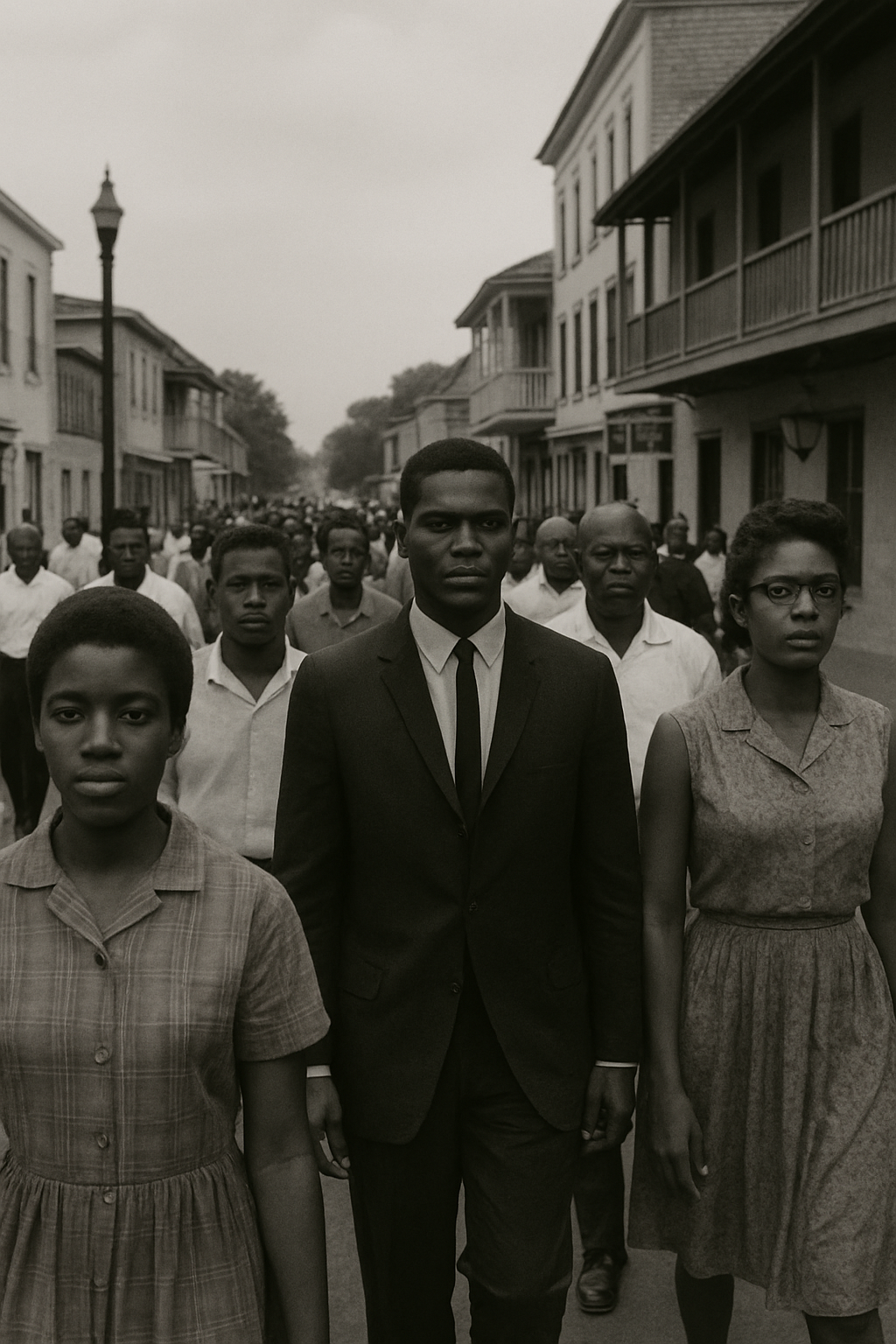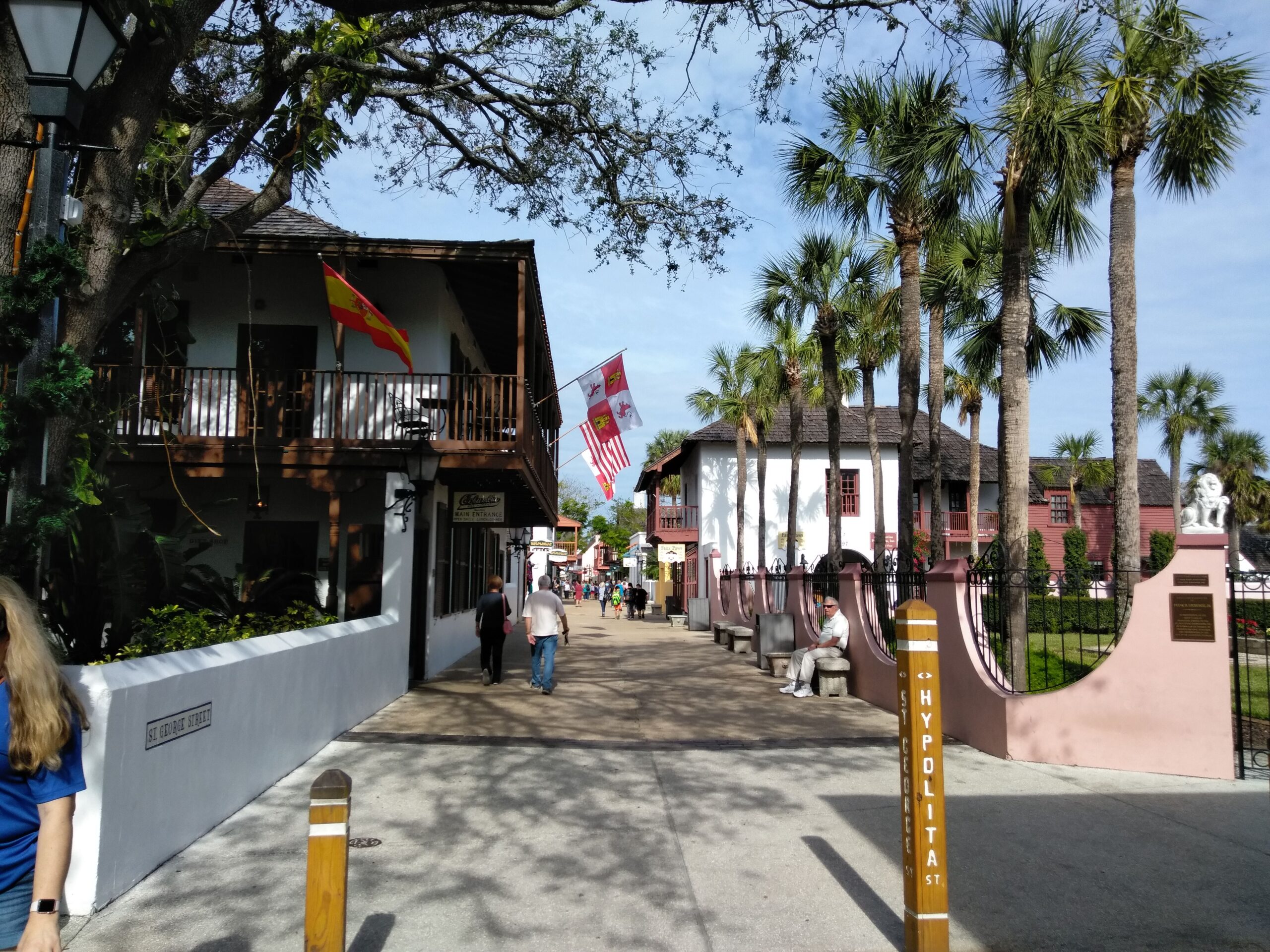Mission Nombre de Dios Museum: America’s First Catholic Mission Comes to Life
Tucked just north of downtown St. Augustine, the Mission Nombre de Dios Museum stands on hallowed ground—the very birthplace of European Christianity in what would become the continental United States. With 600 words of narrative that weave history, spirituality, and living heritage, let’s explore why this site matters.
A Legacy Rooted in 1565
On September 8, 1565, Spanish admiral Pedro Menéndez de Avilés stepped ashore and knelt before a wooden cross, consecrating the land for both Spain and the Church. The expedition’s chaplain, Father Francisco López de Mendoza Grajales, then celebrated the first Catholic Mass in what is now the U.S.
Two decades later, in 1587, the Franciscans formally founded Mission Nombre de Dios, widely considered the oldest mission in the continental U.S. Heritage.
Grounds That Tell a Sacred Story
The Great Cross
Rising 208 feet above the marshes along Matanzas Bay, the Great Cross was erected in 1966 to mark the 400th anniversary of the mission. Crafted from stainless steel and self-weighting with concrete, it remains a solemn sentinel over St. Augustine’s origins.
The National Shrine of Our Lady of La Leche
This shrine is the oldest Marian shrine in the U.S., with the devotion tracing back to Spain and established here in the early 1600s. A small coquina chapel built in 1914 honors this tradition—though a shrine has stood originally as early as 1609. It was elevated to national shrine status in 2019 and received a canonical coronation in 2021.
Prince of Peace Votive Church
Built in 1965 from coquina, this modern church marks the San Marco Avenue entrance. It features beautiful stained glass and a replica statue of Our Lady of La Leche.
The Museum: Preserving Faith, Founders & Archaeology
Opened in 2010 during St. Augustine’s 445th anniversary, the museum shares many sacred treasures. Highlights include:
The original casket of Pedro Menéndez de Avilés, though his remains were relocated to Spain in 1924.
Artifacts from archaeological digs on the mission grounds—coquina fragments, religious items, vestments, chalices.
A diorama (hand-carved) of that historic 1565 Mass.
Reproductions of early European documents—including a 1155 document from Avilés, Spain.
Admission is free, and the museum welcomes visitors with open arms.
Sacred Ground Meets Archaeological Discovery
In the 1930s, excavation on nearby land (the Fountain of Youth Park) unearthed Christian burials and revealed the original mission site. Further archaeological work shows that the Timucua village and mission grounds extended into what is now the Mission site, tying the mission’s story directly to Native and colonial life.
Visiting Today: A Journey for All
Location & Hours
Address: 101 San Marco Avenue, St. Augustine, FL.
Shrine chapel: Mon–Sat, 9 am–5 pm; Sunday, 12 pm–4 pm.
Museum & gift shop: Mon–Sat, 10 am–4 pm; Sunday, 12 pm–4 pm.
Grounds open from dawn to dusk; parking is free for worshippers, with limited free parking for visitors via Passport app.
What to Explore
The Great Cross and beautiful paths perfect for quiet reflection.
The Rustic Altar, Mission Plaque, Seven Sorrows Stations, historic cemetery, and shrine statues.
Gift Shop, tranquil gardens, and benches overlooking Hospital Creek for rest and contemplation.
Why It Still Matters
Mission Nombre de Dios weaves together faith, heritage, and archaeology. It’s where Spain, the Church, and indigenous peoples first met in prayer—and where that legacy is still honored today. Whether you’re there to pray, reflect, or learn, the ground here resonates with centuries of American history, faith, and resilience.






